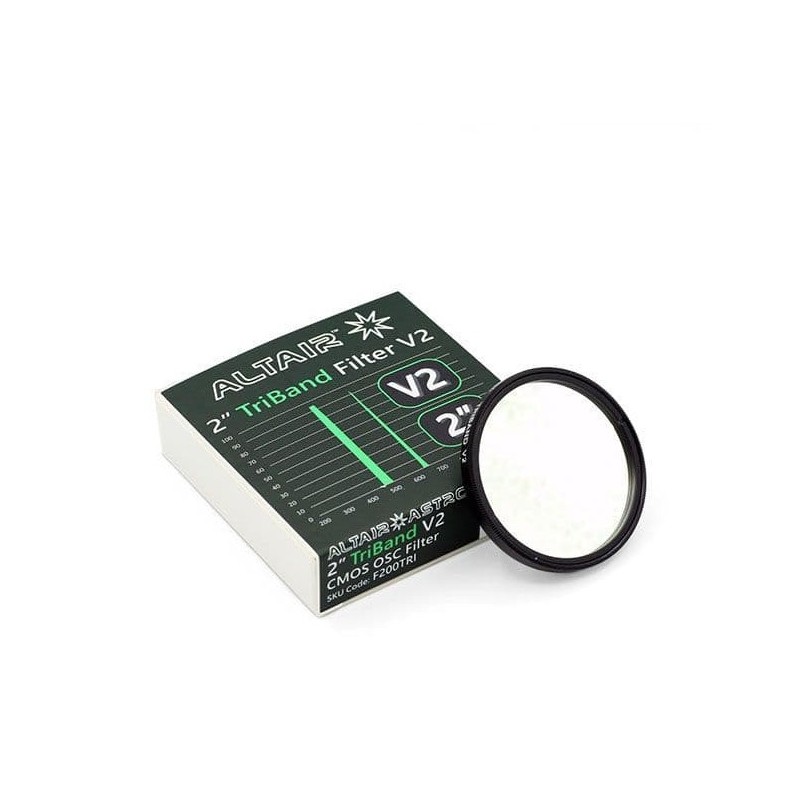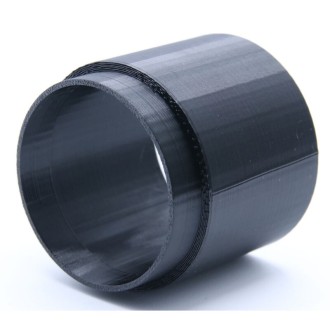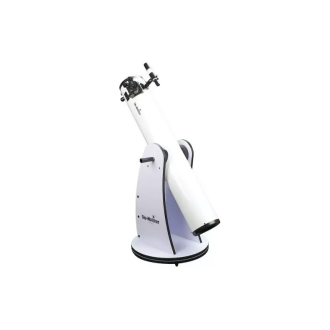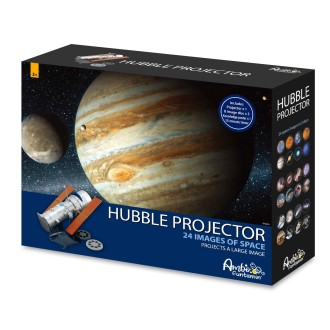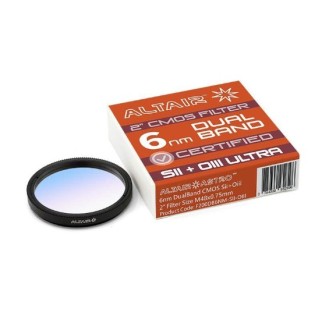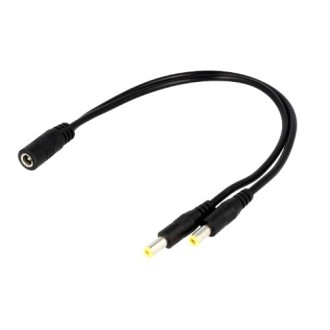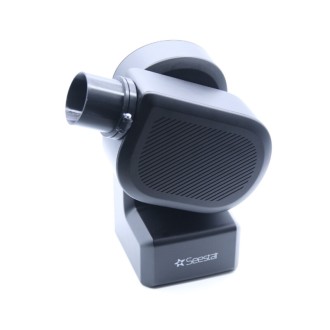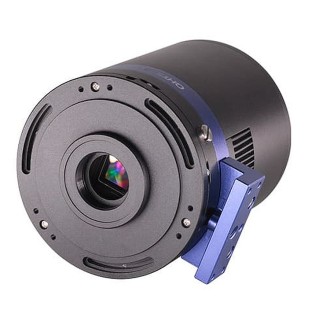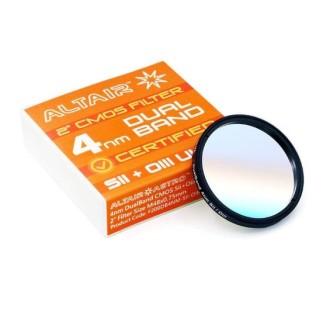ALTAIR F200TRI-V2 2" V2 tri-band filter optimized for CMOS
Altair TriBand is the new trend in light pollution filters for deep sky imaging of emission nebulae with CMOS, CCD and color DSLR cameras.
The passband not only makes the TriBand V2 compatible with telescopes and fast focal ratio lenses, but also allows visual use with a medium sized telescope in urban locations
| Carrier | Description | Estimated Delivery | ||
|---|---|---|---|---|
 |
Home delivery - International | Home delivery - International |
Wednesday, 14 January - Wednesday, 21 January |
|

Home delivery - International
Home delivery - International
Estimated delivery:
Wednesday, 14 January - Wednesday, 21 January
Altair TriBand is the new trend in light pollution filters for deep sky imaging of emission nebulae with CMOS, CCD and color DSLR cameras.
Altair V2 filter technology produces even better blocking of unwanted wavelengths, higher transmission and no halos. The result is a better signal-to-noise ratio for imaging emission nebulae with a DSLR or CMOS Astro camera.
The passband not only makes the TriBand V2 compatible with fast focal ratio telescopes and lenses, but also allows for visual use with a medium-sized telescope in urban locations. The brightest emission nebulae can be observed in urban conditions with a darker background.
This is the new TriBand V2 coating technology that includes:
- Anti-Halo coating on both surfaces to reduce reflection artifacts from reducers and camera lenses.
- Increased blocking of unwanted ultraviolet, infrared and visual range wavelengths. Ultraviolet OD7 (T0.00001%), visual OD5 (T0.001%) and infrared OD4 (T0.01%) for the ultimate in blocking sky glow. This is an order of magnitude better than foreign filters.
- Higher percentage transmission of desired wavelengths Ttop 93% (5% higher average transmission of target wavelengths than V1). Overall 5 % gain in external filters.
- Ha at 14 nm and Oiii at 34 nm FWHM with less attenuation to reduce unwanted light pollution while maintaining high transmission compared to V1.
It is even compatible with fast telescopes, such as Altair refractors operating at F4.8 with reducers.
It includes UVIR blocking for modified and unmodified DSLR cameras, plus an anti-reflection coating to reduce halos as much as possible.
Narrow-band bicolor imaging is a booming new trend in astrophotography, especially popular in areas with light pollution or for capturing images in rural areas by moonlight.
Now you can capture the two main emission bands of nebulae at the same time, while suppressing light pollution, moonlight and airglow. Capture more data in less time and open your time window to capture images, even in the summer months.
Altair's TriBand light pollution filters work by isolating the primary nebula emission zones in the red and blue/green wavelengths, and separating them into two main "zones" with a wide separation for easy capture with a color camera, all in a single exposure! Not only is capture very convenient, but processing is also easy, thanks to the wide separation of the green/blue and red "zones". Light pollution control is extremely effective and LED light is also significantly reduced, thanks to Rayleigh scattering effects.
Sensitive OSC or "One Shot Colour" CMOS cameras like the #Hypercam183C capture these wavelengths very efficiently and let them pass through the Bayer matrix. The filters also work with DSLRs (modified APS-C sensor cameras are the best, but regular ones work too). When you have the full stack of exposures, processing is relatively easy because of the large color separation. You can also use these filters as a "superluminance filter" for shooting nebulae with Mono cameras.
A quick overview of the Altair filter family:
QuadBand filter: combines SII and Ha in a red zone, and H-beta + OIII in a green/blue zone. (Recommended for moderate light pollution and sky glow, used with color cameras).
TriBand filter : combines Ha in a red zone and H-beta + OIII in a green/blue zone (recommended for higher light pollution, used with color cameras).
Dual band filter : separates the red Ha and blue Oiii channels even more clearly and with deeper blocking. (Recommended for severe light pollution, such as in built-up areas like cities. Used with color cameras).
Mono narrow band camera filter: these isolate individual bands, so only one wavelength is captured per filter, such as OIII, Ha or SII, and are mainly used with mono B&W astronomical cameras. Separate sets of exposures are required with each filter.

